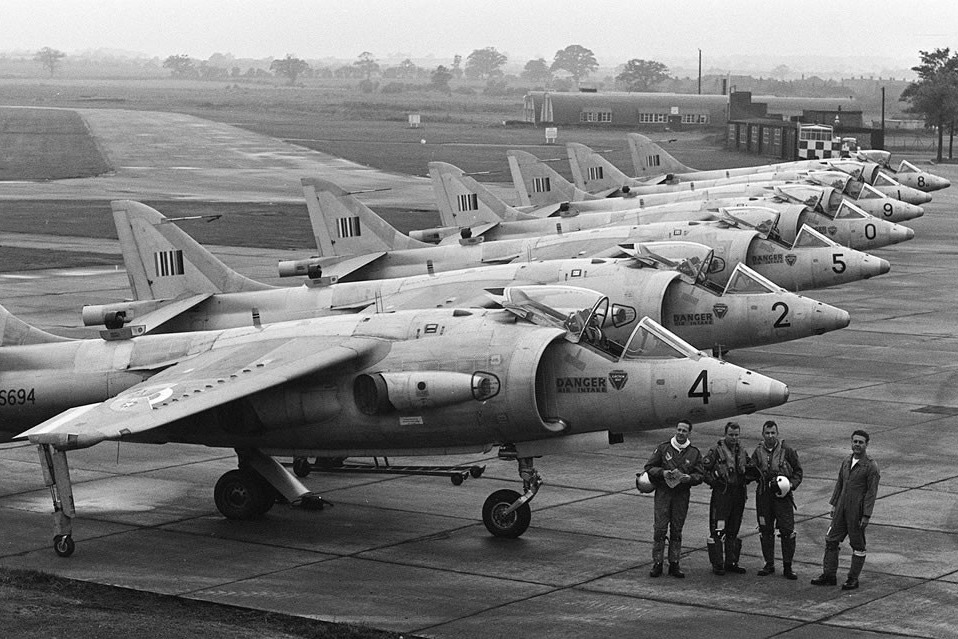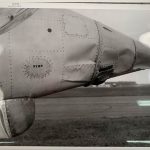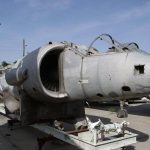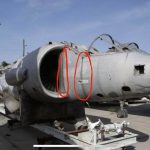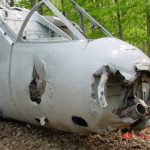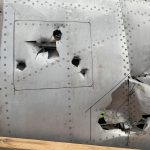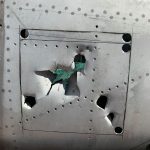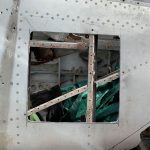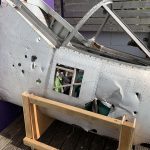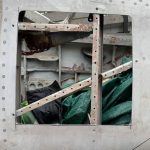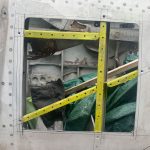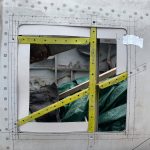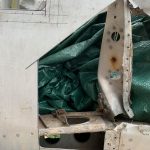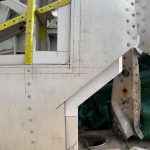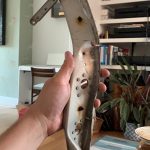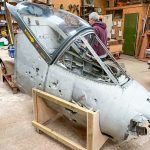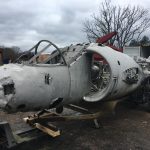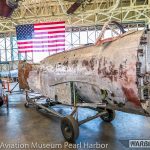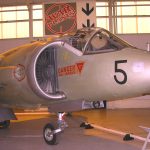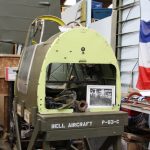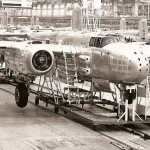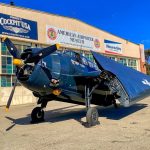Back in April, we wrote a story about the remarkable efforts which the Wings Museum in Balcombe, England is embarking upon to resurrect Hawker Siddeley Kestrel FGA.1 XS694, a rare surviving example of the fabulous Hawker-Siddeley Harrier’s predecessor. They are restoring the Kestrel’s battered, long-unloved hulk back into pristine, static display condition, and have already made great strides towards this end. Indeed, this small museum has performed marvelously on a shoestring budget, with several significant projects on their books, including a Nakajima B5N ‘Kate’, and such is the case with the Kestrel. While the Coronavirus pandemic has slowed down some of their progress, it didn’t cease entirely, as project leader Aaron Simmons was able to house the aircraft’s cockpit section at his home where he could work on it when time permitted. As we outlined in our follow-up article, Simmons got quickly into the process of stripping the cockpit, so that major structural repairs could take place. He also began restoring some of the cockpit components, such as the rudder pedal assemblies, so that they would be ready for reinstallation once the more serious repairs were complete.
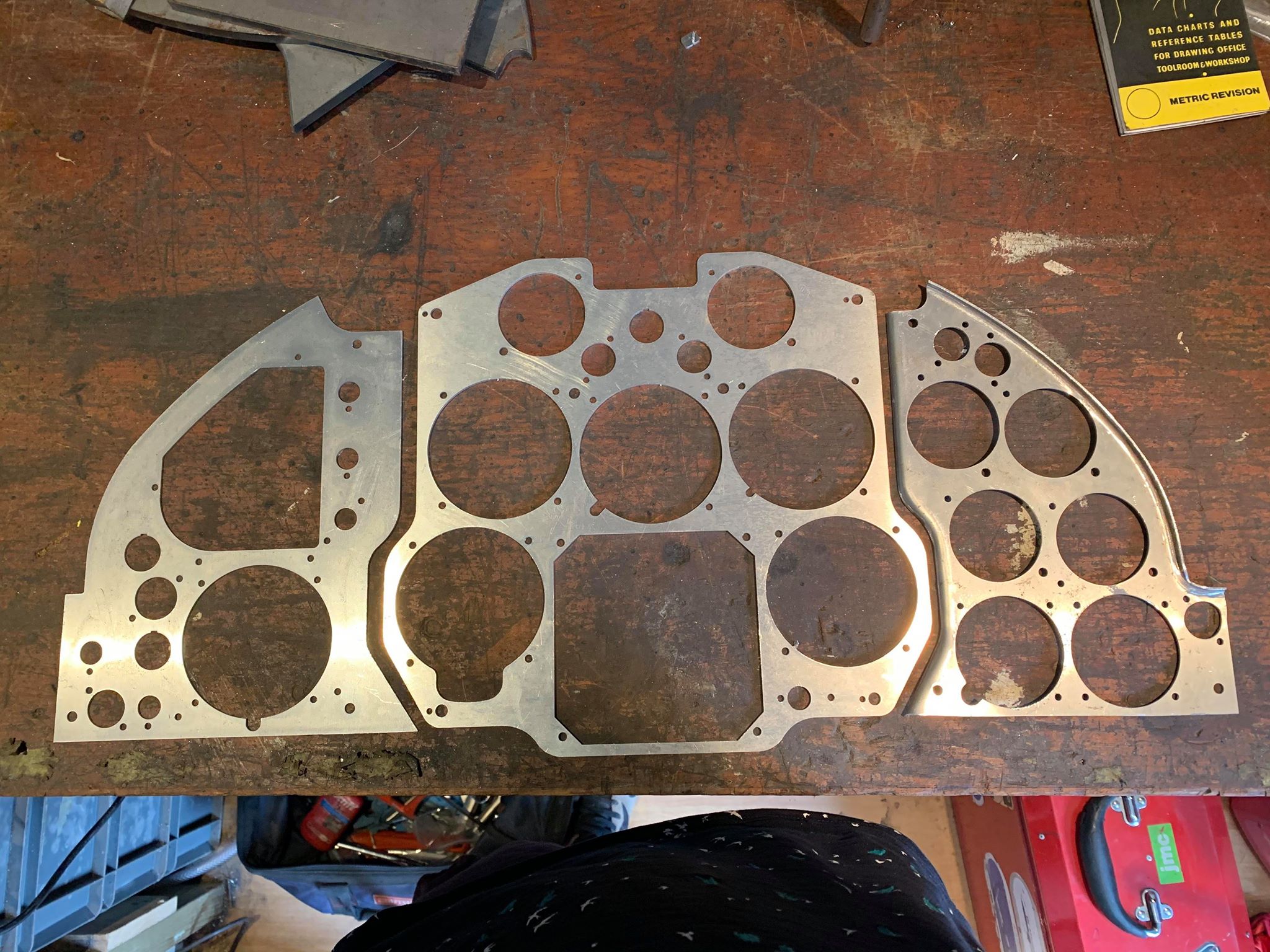
Due to the aircraft’s August, 1967 accident while serving with NASA, and the subsequent indignities/abuses in succeeding decades, the aircraft is in need of some significant repairs, especially to her nose. While the museum has the skills to handle most of these endeavors, they don’t currently have a technician capable of wheeling new skins to replace the damaged or missing sections, and that is where our readers might be able to help.
Aaron Simmons has been preparing the fuselage for these structural repairs, carefully planning, marking out, and trimming the exterior skins where necessary, and refurbishing the underlying structure. This being said, there have been delays because the museum has had to prepare for re-opening, with appropriate health measures in place, to make it safe for visitors to return.
As Simmons noted in a recent message to us here at Warbird Digest, “Not much has happed really since the last update due to us getting the museum ready to reopen [they opened again on July 4th]. I have been working on the rear section of skin on the right hand side of the forward fuselage. I’ve marked up all the repairs to be carried out and cut one out and prepped the frames, made templates for the doublers and I’m now just awaiting the metal to arrive so I can start making the insert patch.”
While the initial sections of skin removed so far shouldn’t prove difficult for Simmons to replicate by himself, no one has stepped forward so far to donate their expertise with an English Wheel to form the more challenging-t0-make nose skins where the damage is more severe. As a result, the museum has launched a GoFundMe campaign to raise a small amount of money to pay for such services. If you are interested in helping return this iconic airframe to display condition, please do consider giving a small sum towards XS694’s repair.
In addition, the project is currently without main landing gear which, while visible in the image of the aircraft when it was located in Kissimmee, seem to have gone missing in the interim. If anyone knows of their whereabouts, or has access to a spare set, please do contact the museum!







